Genet
The DNA-basThe RGB system involves only 18 genes.
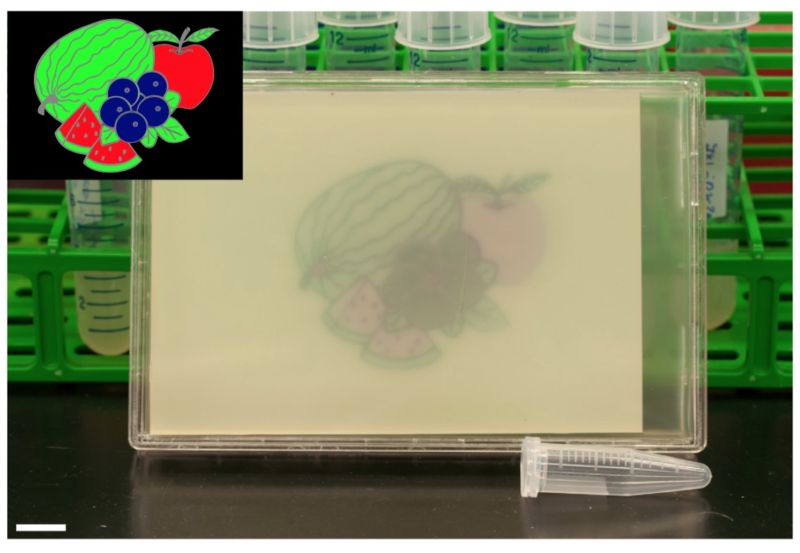
With genetically engineered color vision, gut-dwelling bacteria transform into vibrant artists—though their work is a bit derivative.
In a study published in Nature Chemical Biology, MIT researchers wired Escherichia coli with a synthetic network of 18 genes that allows them to sense and respond to red, green, and blue. Once excited by the colors, the genetic circuitry activates and inspires the bacteria to produce corresponding pigments or fluorescent proteins. Mats of microbes then turn their petri dishes into canvases, creating vivid replicas of patterns and artwork.
Right now, the bright bacteria simply demonstrate how far synthetic biologists have come in genetic tinkering. But, in the future, the researchers, led by MIT’s Christopher Voigt, hope that the RGB microbes could find a variety of applications. “Colored light offers many channels to pattern cells to build tissues or materials, control cells at a distance, or serve as a means of communication between electronic and biological systems,” Voigt and his colleagues write.
In 2005, the researchers came up with a four-gene system that allowed microbes to recreate black-and-white images. In the new study, they go all-out, using the 18 genes plus a collection of genetic tricks, tools, and programming strategies.
The resulting rigged germs contain biological light sensors—which are found in some plants, fungi, and cyanobacteria. In the system, red light is sensed by a hybrid kinase sensitive to 705nm wavelength light. Green is picked up by a cyanobacteria sensor that flicks on with wavelengths at 535nm. And blue is detected with another hybrid kinase sensitive to a wavelength of 470nm.
With the light switches flipped, genetic machinery fires up and begins decoding a meticulously engineered string of genes. This produces either pigments or fluorescent proteins.
The researchers spread the RGB bacteria across agarose plates—dishes containing bacteria food in a gel. Then, they projected color images onto the plates for 18 hours, allowing the bacteria to create their colorful replicas.
“Fully harnessing the spectral range of light sensors simultaneously in individual cells provides many knobs by which cells can be controlled rapidly and spatially and from afar,” the authors conclude.
(The article above was created by Beth Moore)
(The article above was created by Beth Moore)
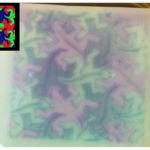
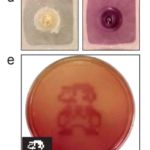
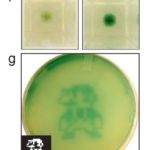


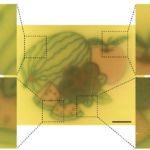

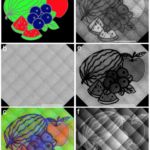
No comments:
Post a Comment